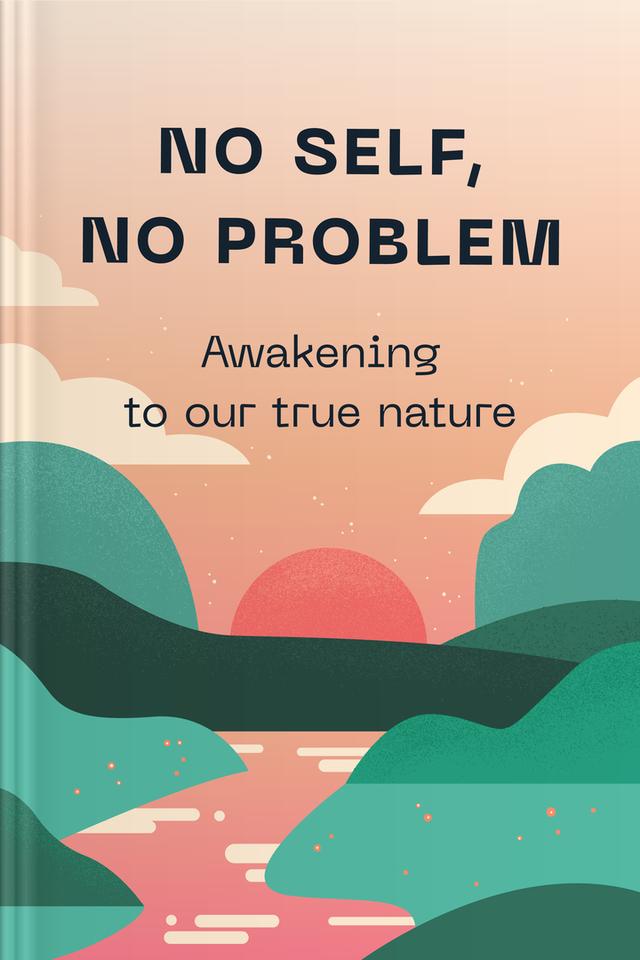You’ll learn
- How to harness the source of suffering
- Freedom-giving approach to “self”
- Factors that affect your outlook
- Scientific evidence for Buddhism’s beliefs
russia has launched a full-scale war in Ukraine. Donate to support Ukraine and protect the world’s peace.

first KEY POINT
Imagine pitching a project to a group of potential investors. While talking, you notice that a woman starts exchanging glances with her colleagues, whispering, covering her mouth, and writing something down. Thoughts like “did I say something wrong?” or “are there mistakes in my slides?” quickly pop up in your head. After finishing the speech, you feel anxious and exhausted by doubts, anticipating the questions. Then the lady says, “I will be honest. Just before your speech, I told my colleagues what I was looking for. It was exactly what you presented”.
Some wrong assumptions can cost us more than a few minutes of worrying. For centuries, Eastern philosophy has emphasized the need to question our judgments to be at peace with ourselves. It may be high time we heed this advice.It's not only a matter of trying something for a change since recent scientific experiments confirm notions known in the East for years. For instance, neuroscience states that meditation significantly affects the cortex, a part of the brain responsible for problem-solving, reasoning, and other higher-level processes. With time, this part of the brain shrinks, yet people who meditate for an extended period can delay this process: at age 50, they can have a cortex like a person twice as young.Neuropsychology's discoveries about the left and right sides of the brain prove the perspective of Eastern philosophy on the role of the thinking mind and the notion of self. Soon you will discover how detachment from your judgments can bring you freedom and decrease agitation.
second KEY POINT
One of the Buddhist tenets is that we are more than our thoughts or beliefs, and science confirms it. All human beings are full-time interpreters, explaining people or events around us and ourselves. In charge of this process, the left hemisphere isn’t an objective observer: many underlying principles affect its conclusions about reality.For instance, if we are in a supermarket and notice cereal boxes of unknown brands, we are likely to choose the one to our right. We may think it is more attractive or looks familiar. The left hemisphere creates these explanations, and usually, they are ill-founded. The actual cause of our choice is right-side preference. It's one of the numerous “default settings” we are unaware of. Thus, our brain fills this gap with various interpretations we perceive as a reflection of reality.Intense emotions can also puzzle our brains. In one experiment, scientists approached people before or after they enjoyed a rollercoaster and showed them a photo of a stranger. Those who had already been on the ride found a person in a picture more attractive. They might say beady eyes, cheerful smile, or hair color was a decisive factor. In fact, their brain misattributed the excitement after the ride to liking the stranger. Yet when a research participant was married or dating someone, the left hemisphere drew a plausible conclusion.Even hormone levels, such as dopamine, alter how you perceive the world. When dopamine rises, you may start noticing patterns, although there are no grounds for them. For instance, you can interpret colleagues whispering in the corner as a sign of plotting while, in truth, they are preparing a surprise.

Continue reading with Headway app
Continue readingfirst KEY POINT
second KEY POINT
third KEY POINT
fourth KEY POINT
fifth KEY POINT
sixth KEY POINT